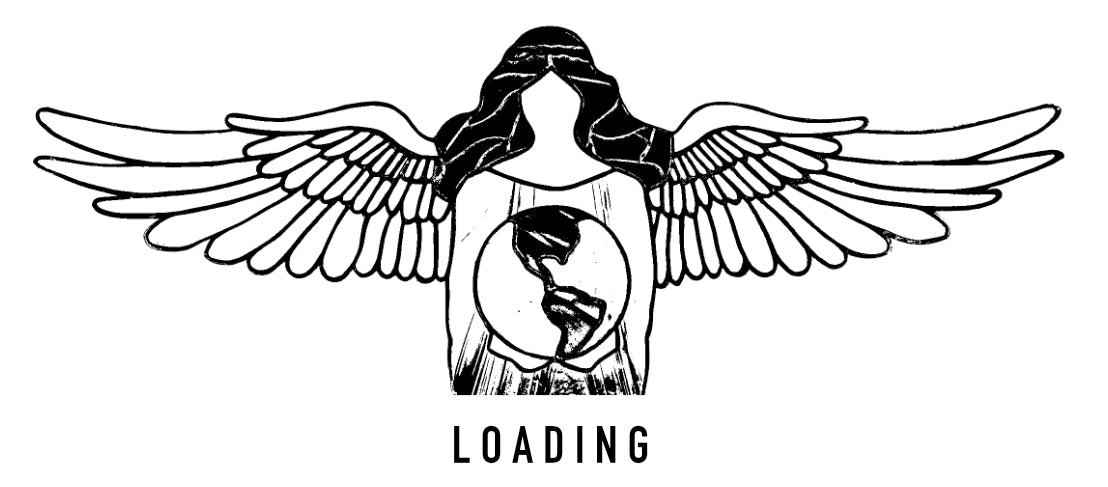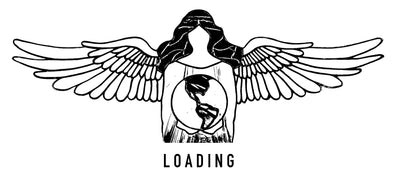Questions for Dr. Duckworth: The Future of Kototama

This is a question to Dr. Thomas Duckworth, my teacher, and his answer to that question. I found it most informative and wanted to share it with my readers. Mary
Hello Again Dr. Duckworth,
I am writing because I am curious as to your take on the future of Kototama medicine. I was profoundly impacted by a practitioner in my teens, which later led me to research a little. I was able to purchase some of Nakazono’s books, but I otherwise found very little about Kototama medicine specifically. I suppose that I have some strange concern that this profound practice would remain obscure.
Do you have thoughts about this? Again, please feel free no pressure. I’m just a curious component over here, sort of bored at work.
Bless, Jacob
========
Dear Jacob,
When Nakazono Sensei opened the Kototama Institute in 1978, he explained that traditionally in Japan it was held that quality instruction and guidance in the study and practice of Acupuncture should yield 1 adequate practitioner out of every 100 students; proper herb studies should yield 10 quality herbalists out of 100 students. This is understandable because the study and practice of diagnosing KI and professionally applying the principles of Hari (needling) is at least 10x more difficult than memorizing symptoms and medicines. He told us these statistics because he believed that the study of Kototama medicine would prove to be 10x more powerful than normal acupuncture training. In addition, he believed he was only allowing the “creme de creme” of applicants into his school and that those who pursued Kototama Life Medicine would, by their nature, ascend to the highest realms within the art and science of natural medicine and thus he could produce 10 qualified practitioners out of every 100 who studied the medicine. He stated that he expected 10 out of 100 of his students would “get it.”
With that in mind, he intended to close the Kototama Institute when it had produced 100 students (graduates). His first formal class began in the Autumn of 1978; the graduating class of 1985 brought the number of graduates to 107 and he closed the Institute. Later he told me his head had been too big and that he regretted allowing some people into the Institute and turning away others; in other words, his judgment capacity was still in development and he was quite wrong concerning the quality of students he choose to train.
Many of his students were drawn to the Institute because they wished to be near a “Master,” but they didn’t want to be a “Master.” Therefore, they never got what he was teaching. They had no capacity to take on the responsibility of complementing or adding to his discoveries. Some of those people have spent their lives living in a cult-kind of worship of Sensei and the Kototama Principle without adding one sentence to the dialog and others have just disappeared. Probably less than 40 of the graduates of the Kototama Institute ever went into practice at all and probably less than 20 are in practice today. Of those 20, less than 15 ever attempted to pursue in-depth studies with Sensei and of them, only one person studied longer than four years in post-graduate studies of Kototama Medicine. That one person is me.
My 10 years as Sensei’s apprentice led to my discovery of Kototama Pulse Diagnosis and that led to Sensei awarding me the degree of Doctor of Kototama Life Medicine, the only Doctorate earned by a graduate of the Kototama Institute. So, yes, I do have thoughts about that which you ponder. There are nine practitioners in the US who completed studies with me and have gone into practice; there are two practitioners who studied elsewhere and then studied with me after becoming licensed. Of these 11, perhaps three-four of them will continue to study and make discoveries yet unimaginable. Will the way of this medicine remain obscure? Probably, but if one person holds on to it and passes it on, someday the world will appreciate what Sensei discovered. Many great scientists and artists go to their graves unappreciated. That’s the way it is. “It doesn’t matter” (Sensei quote). But not to worry, I am working on Kototama Medicine texts and there is the Natural Life Therapy Clinic where I and my senior student, Jason Hackler, practice and which has been in continuous operations since June, 1980, providing Kototama Life Medicine.
Check out:
www.naturallifetherapy.blogspot.com
www.nltclinic.com
www.iaalm.org
Be well. Thomas Duckworth, DKM

